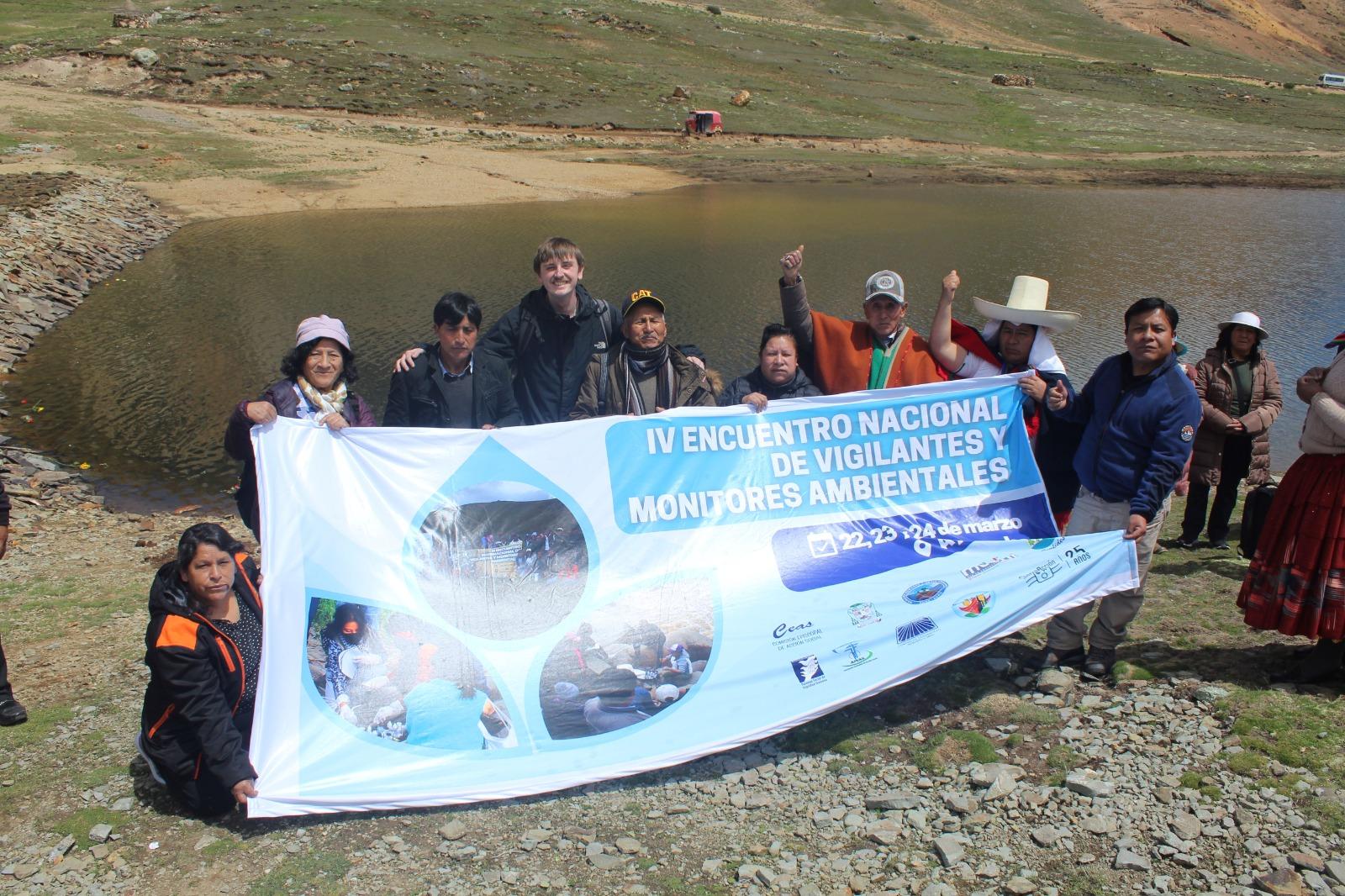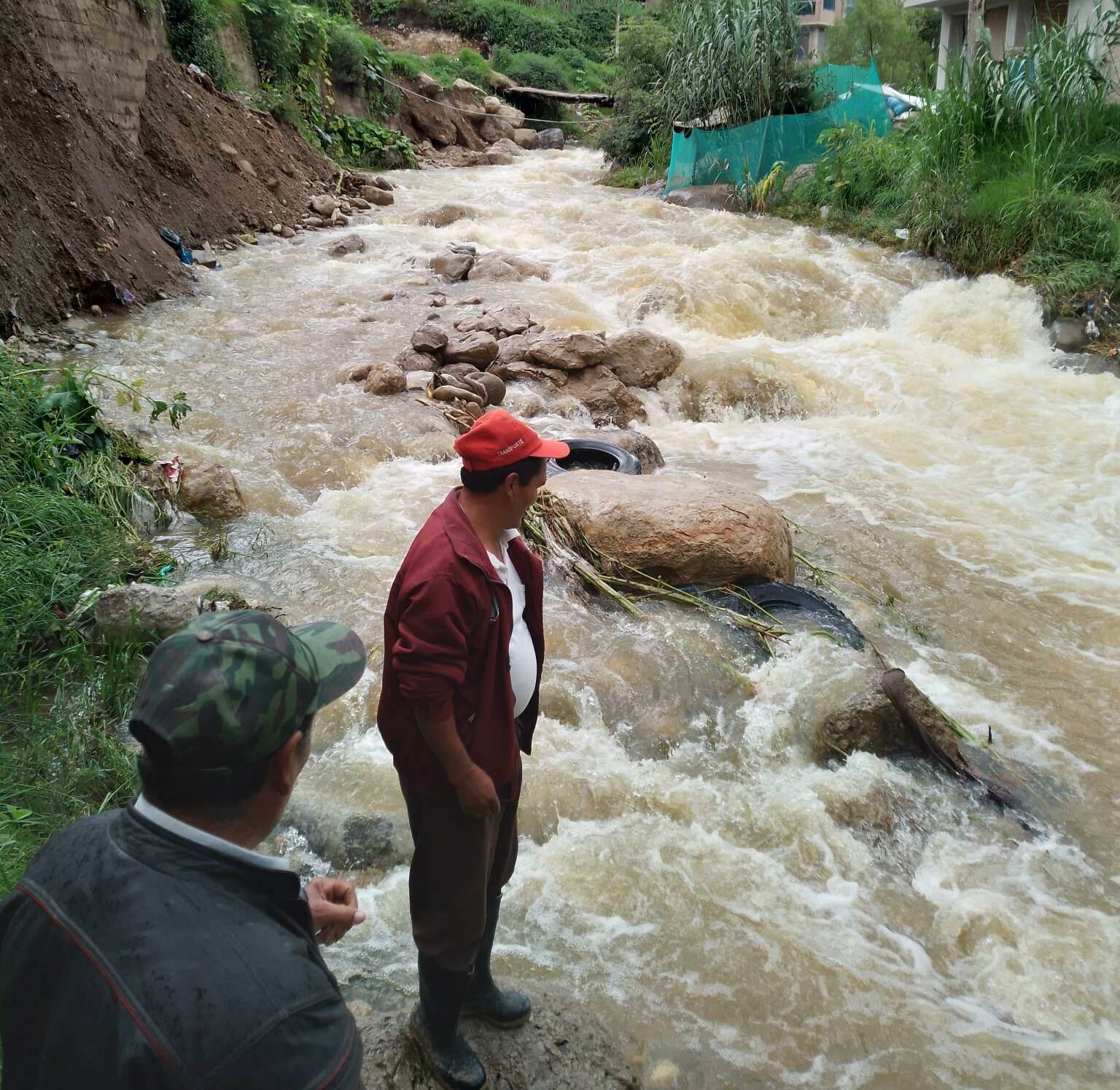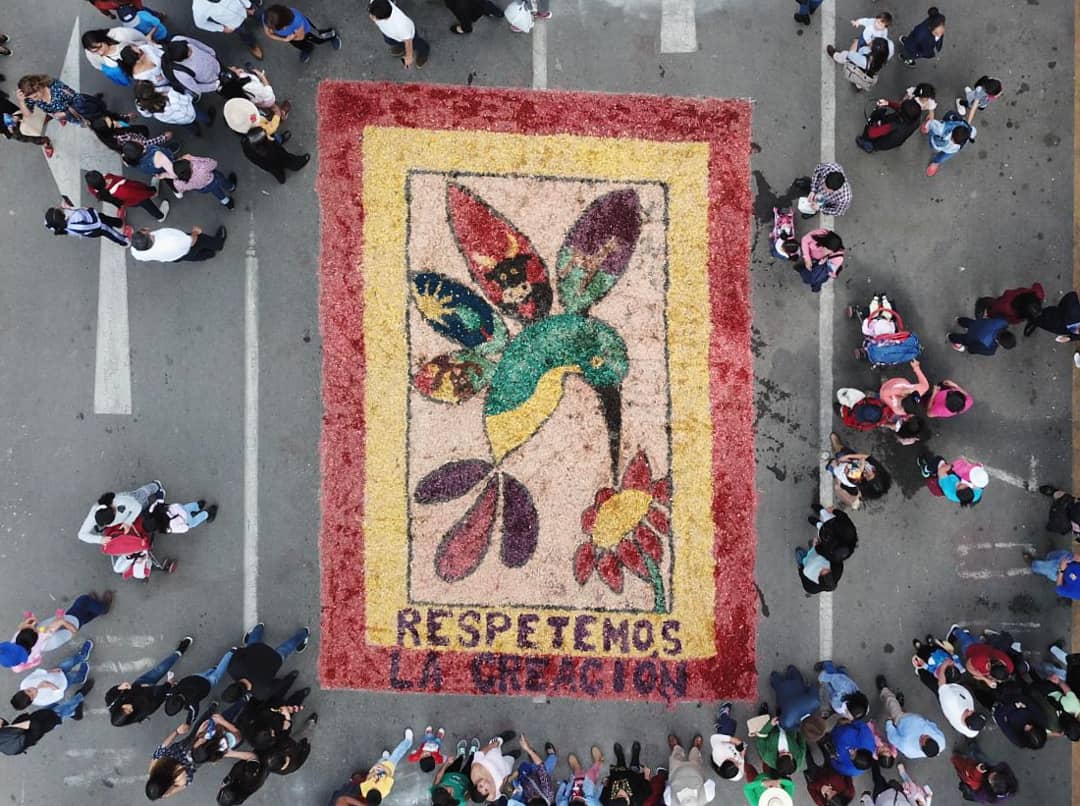IV Encuentro Nacional de Vigilantes y Monitores Ambientales Comunitarios de Perú
Durante los días 22, 23 y 24 de marzo de 2023, varios Comités de Vigilancia Ambiental de GRUFIDES participaron en ‘El IV Encuentro Nacional de Vigilantes y Monitores Ambientales’ en Ayacucho junto a comités de las regiones de La Libertad, Pasco, Junín, Ayacucho, Chosica -Lima, Apurímac, Cusco, Moquegua y Puno.
El objetivo fue fortalecer nuestras capacidades y compartir experiencias de monitoreo del agua en zonas afectadas por la mineria. La delegación de Cajamarca fue la más numerosa de las presentes en el encuentro.
Para el Día Mundial del Agua visitamos la comunidad de Santa Fe, provincia de Cangallo, en las montañas de Ayacucho, a unos 4.500 metros de altitud. Allí, en una poderosa muestra de esperanza y desafío ante el impacto destructivo de la minería a gran escala en nuestras comunidades, representantes de las regiones de todo el Perú hicieron una ofrenda al lago y cantaron canciones de protesta.

Río que discurre junto a la comunidad de Sante Fe, en el que los comités de varias regiones realizaron varias pruebas para controlar la calidad del agua. Derechos de autor de la foto: CATAPA
Después, practicamos diferentes metodologías de monitoreo del agua a lo largo de un tramo del río que fluye junto a la comunidad de Santa Fe.
Aunque los resultados indicaron que el río está limpio y apto para el consumo, durante el encuentro se reveló que toda la zona de Sante Fe está concesionada a la empresa minera BHP, sin el conocimiento de la comunidad local. Según CooperAcción, el 27,8% de toda la región de Ayacucho está concesionada a empresas mineras, incluyendo al menos el 16% de la provincia de Cangallo, en la que se encuentra Santa Fe.

Mapa de concesiones mineras, región de Ayacucho, 2022. Derechos de autor de la foto: CooperAcción, 2022.
Durante los días siguientes, planificamos acciones para el próximo año y discutimos medidas para escalar y fortalecer nuestro movimiento a nivel nacional y regional de Cajamarca para el Derecho a Decir Sí al Agua y No a la Minería.
También se discutió la crisis política actual, particularmente en relación a la minería. Según Jaime Borda de Red Muqui, los primeros cien días de Dina Boluarte han visto una reactivación de la industria minera, con la amenaza inminente de que proyectos mineros abandonados como Conga podrían ser reactivados.
Frente a esto, los representantes presentes lanzaron una declaración conjunta con varias demandas, entre ellas: la denuncia de los 49 asesinatos de hermanas y hermanos peruanos cometidos por parte de la policía y las fuerzas armadas, el reconocimiento por ley del trabajo y resultados de los comités de vigilancia del agua, la renunciación de Dina Boluarte, la convocatoria de nuevas elecciones generales y el inicio de un proceso constituyente con participación activa de los pueblos originarios y organizaciones sociales. Se puede leer la declaración completa aquí.
Paso a paso, a través de iniciativas como los comités de monitoreo del agua, las comunidades afectadas por la minería están aprendiendo más sobre nuestros ríos y sobre cómo podemos cuidarlos y protegerlos.
Somos defensores y guardianes del agua que nos da la vida. Las instituciones estatales deben respetarlo y reconocerlo, y trabajar con nosotros para proteger nuestros recursos hídricos para las generaciones venideras.
Artículo escrito por Connor Cashell, CATAPA Global Engagement Officer Perú y voluntario de GRUFIDES.
Bibliografía
- CooperAcción (2022) Ayacucho – Mayo 2022. Disponible en: https://cooperaccion.org.pe/mapas/ayacucho-mayo-2022/ [Accedido: 28 March 2023]
- CooperAcción (2016) Cangallo – Noviembre 2016. Disponible en: https://cooperaccion.org.pe/mapas/cangallo-noviembre-2016/ [Accedido:28 March 2023]
- El Peruano (2023) ‘SECTOR ENERGÍA Y MINAS INSTITUTO GEOLÓGICO MINERO Y METALÚRGICO: PETITORIO DE CONCESIÓN MINERA’, El Peruano, 30 January. Disponible en: https://elperuano.pe/GespoBoletinFiles/2023/01/30/2146648_1.pdf [Accedido:: 28 March 2023].
- Jasmine, C. (2016) ‘Community opposition forces Newmont to abandon Conga project in Peru’,18th April, Minining.com. Disponible en: https://www.mining.com/community-opposition-forces-newmont-abandon-conga-project-peru/ (Accedido: 28 March 2023).

















